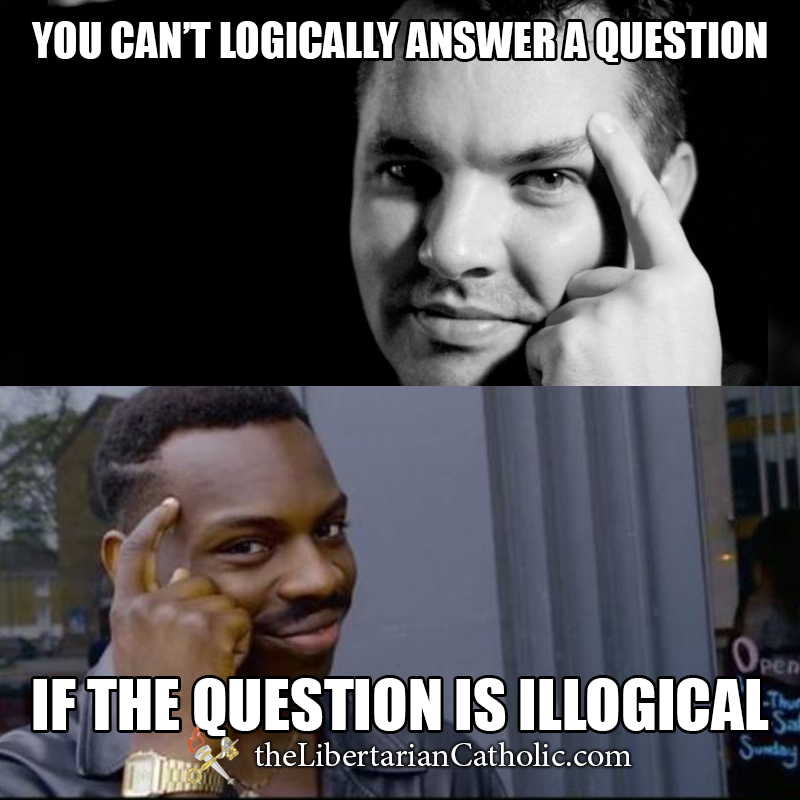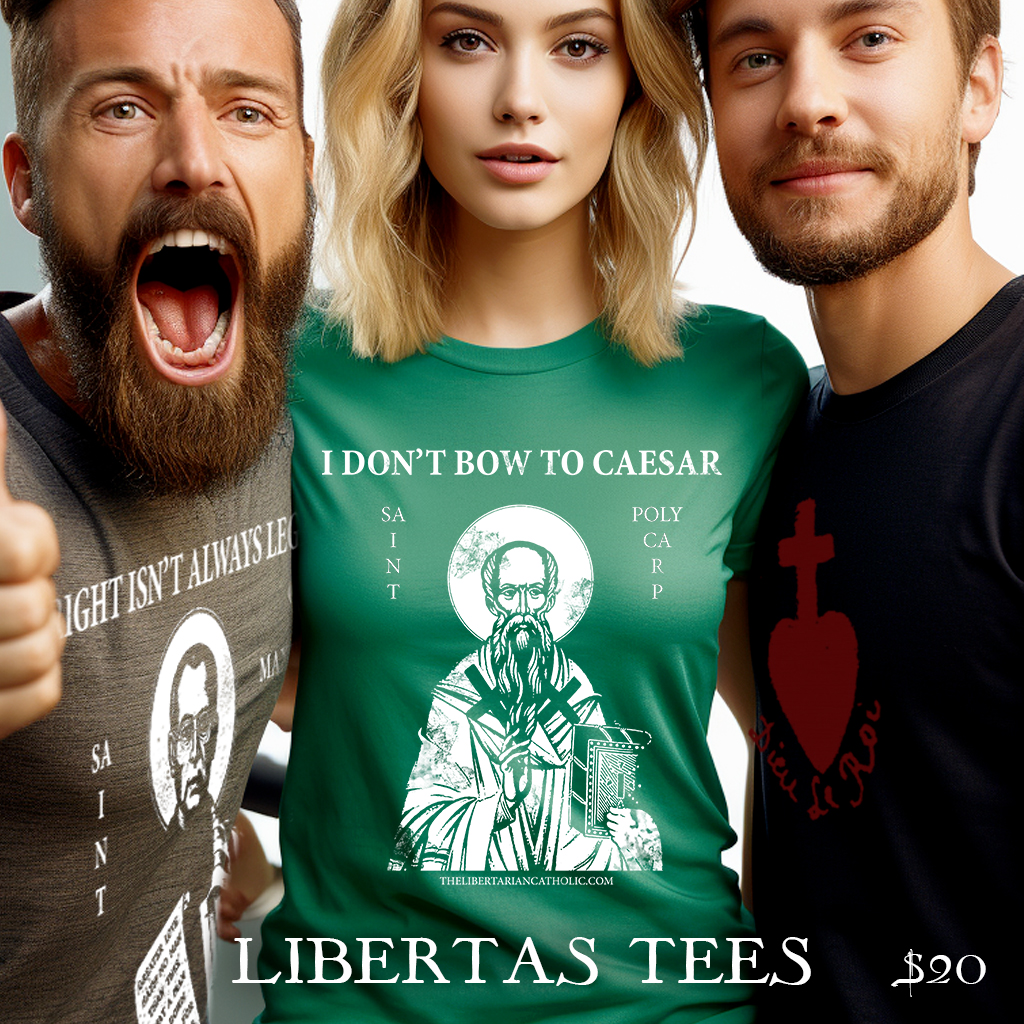An article made the rounds recently touting science fiction author Patrick S. Tomlinson’s hypothetical about a 1,000 embryos versus an infant as an irrefutable justification of abortion.
Tomlinson said that he asks pro-lifers whether it makes more sense to save one child from a burning building or a vial of 1,000 embryos.
He said, “[Pro-lifers] will never answer honestly, because we all instinctively understand the right answer is “A.” A human child is worth more than a thousand embryos. Or ten thousand. Or a million. Because they are not the same, not morally, not ethically, not biologically,” he wrote. “This question absolutely evicerates [sic] their arguments, and their refusal to answer confirms that they know it to be true.”
Well, not to burst Mr. Tomlinson’s bubble but his hypothetical isn’t a good argument—in fact it’s fallacious. And if it’s baffling to people, it’s baffling in the same way that putting a pancake on a rabbit’s head is.

What do you say to that?
Sometimes the best thing to do with a logical fallacy is leave to it alone. But I’m not going to do that, I’m going to dismantle it.
Right off the bat, Mr. Tomlinson starts with a loaded question. He uses the word “child” in his hypothetical, which implies that the embryos are not children, which technically they are. “No one, anywhere, actually believes an embryo is equivalent to a child,” Tomlinson said. Well, actually, a lot of people do. They’re called biologists.
A more precise term would be infant (which is a stage in the growth of a human being, just as embryo is). So, let’s proceed with a more exact question: Would you save an infant from a burning building or a vial of 1,000 embryos?
As a pro-lifer, I can say that there are certainly good reasons to save the infant over the “vial of embryos” including:
- embryos–especially “embryos in a vial”–are very young and have a high risk of mortality. Infants have a lower risk of mortality and greater chance of survival.
- a “vial of 1,000 embryos” is wholly unnatural and unrealistic, which serves to dehumanize the humans in the hypothetical. A better comparison would be an infant versus an embryo in utero, which returns some sense of natural humanity to the situation.
- embryos, though they’re human, don’t look like babies—they don’t really look like anything and it’s difficult to feel compassion or empathy for someone who doesn’t look like a human. This is why pro-abortion groups don’t want pregnant mothers to get ultrasounds to see their babies or by any means their baby’s heartbeat!
- I have more affection for my toddlers than I did for them when they were newborns and even moreso when they were in utero. They have more personality and give me more joy the older they get (note that they’re not teenagers yet).
Suffice it to say that there are plenty of reasons why one would instinctively value an infant over even 1,000 embryos, but none of them include the proposition that the embryos aren’t human persons with the right to live.
The position that embryos are human persons with the right to live has been thoroughly defended through science and logic, but this truth is obscured in Tomlinson’s hypothetical because like all good thought experiments, it contains a logical fallacy. In the thought experiment, you are forced to decide between two arbitrary options: a false dichotomy. Mr. Tomlinson is saying that if there are good reasons to value an infant over “1,000 embryos in a vial,” then embryos must not have the same worth and therefore, abortion is justified. It’s like giving you the option to save your baby brother or your 97-year-old great grandmother and if you choose the baby, making the claim that coerced euthanasia is justified. The baby has more potential, is cuter, and uses fewer diapers, but that doesn’t mean knocking off ole Mildred is morally justified. It’s a false dichotomy and an illegitimate argument for abortion.
One Twitter user put it comically, replacing the vial of 1000 embryos with the author of the hypothetical (@stealthygeek):
You’re in a burning house—you can save a baby or @stealthygeek. Who do you save? Baby? Proof that @stealthygeek isn’t alive. #lol #prolife
— Logic of Life (@LogicOfLife7) October 24, 2017
There is a third option to the false dichotomy—saving both. Both the infant and the embryo have the right to live, but that ruins the pro-abortion gotcha moment. The answer to Tomlinson’s question is that there is no answer. You can’t logically answer a question if the question is illogical.
 The Libertarian Catholic
The Libertarian Catholic
















